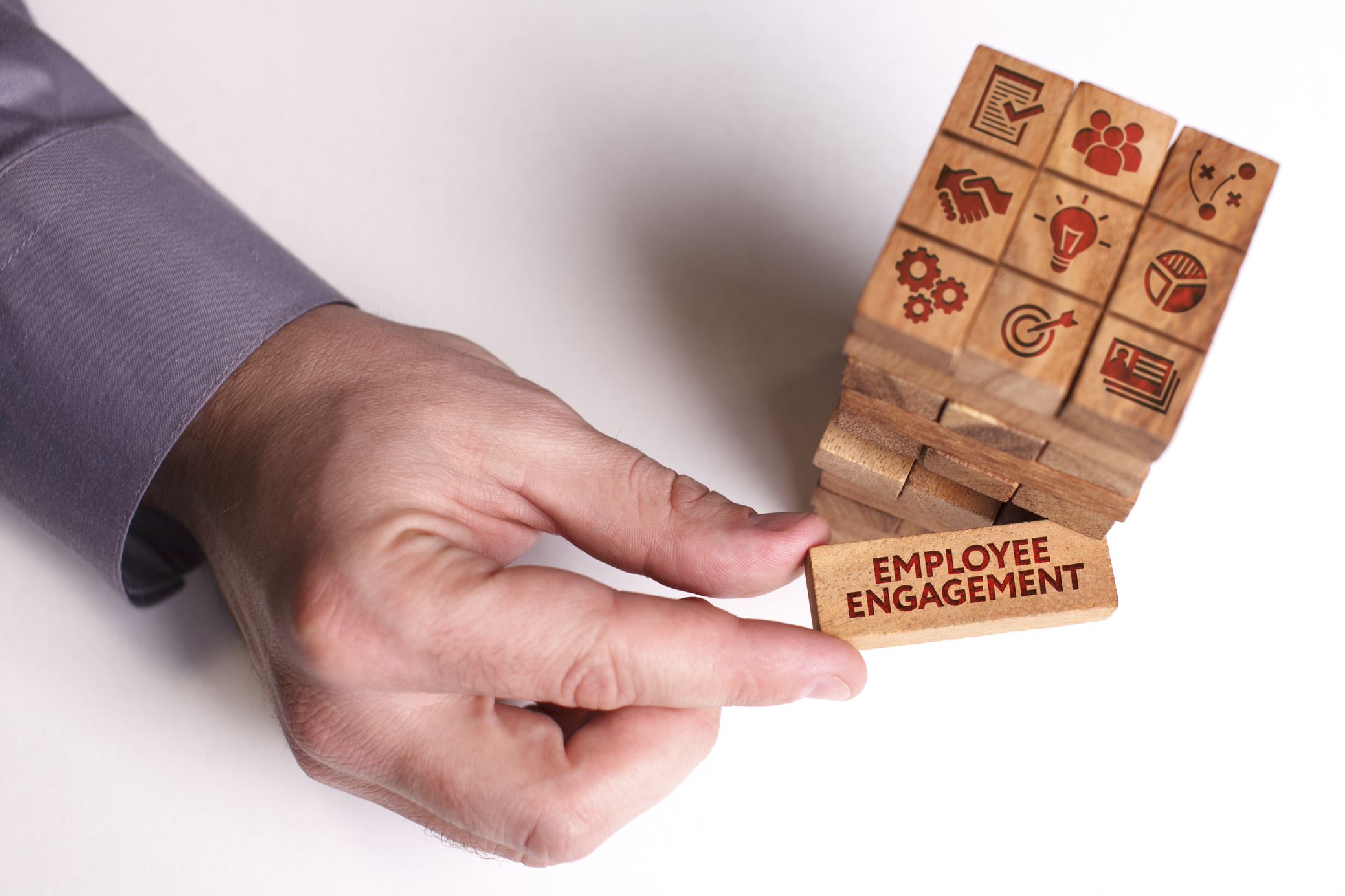How an Authentic Work-Life Strategy Builds Engagement
Recognising that its people are key in keeping it wired for business success, Infineon Singapore is taking great steps to help them be their best selves.
20 Apr 2020 Case studies Work-life harmony Best practices

Profile
Organisation
Infineon Singapore
Infineon Singapore is a global manufacturer of semiconductors and systems solutions for mobile devices, as well as the automotive and industrial electronics markets. Its Singapore office serves as its Asia Pacific base.
Industry
Manufacturing
Employment size
>2000
Employment profile
Employees from corporate and manufacturing roles account for approximately half the employees, while the other half are in technical roles
Business Case
Infineon Singapore recognises that a company’s performance and the wellbeing of its people are increasingly interdependent – when employees are engaged, businesses thrive. Thus, enabling work-life integration is a key focus area in managing the diverse team at Infineon Singapore, and work-life strategy is used as a tool to motivate and engage quality talent.
At Infineon Singapore, the management recognises that in today’s fast-changing and competitive economy, a company’s performance and the wellbeing of its employees are increasingly interdependent. By creating a flexible work culture where employees are empowered to achieve their best in their chosen careers, while still pursuing personal interests and achieving work-life harmony, Infineon’s management seeks to nurture an engaged workforce that will contribute to the company’s success.
Featured Work-Life Programmes
Flexible Work Arrangements
- Creative scheduling
- Part-time work
- Telecommuting
- Staggered time
Employee Support Schemes
- Onsite pre-school
- In-house clinic
- Health & wellness programmes
Implementation
Infineon Singapore adopts various strategies to create a sustainable flexible work culture:
A Culture of Trust
At Infineon Singapore, employees are provided with the flexibility to decide how, when and where they work. They are provided with a laptop and VPN access that enable them to work remotely. While flexible work arrangements (FWAs) such as staggered working hours, part-time work, and work-from-home arrangements have been formalised as work-life policies with guidelines for use, a trust-based culture is the key for successful implementation. One example is the staggered working hours arrangement where manager and employee can come to a mutual agreement, enabling the employee to vary the start and end time of his or her workday, as long as pre-defined core work hours are maintained. Also, in the case of the work-from-home arrangement, employees may utilise up to 3 days each month to work from home if they prefer to do so, for example, to focus on completing their tasks without the distractions, or to manage work and personal commitments more efficiently.
Hands-on Leadership
Strong support from the senior management has been vital in creating a sustainable work-life strategy at Infineon Singapore. Targeted measures were taken to secure buy-in from the various levels of the organisation. First, HR identified Heads of Department who were receptive to the concept of flexible work, and piloted FWAs within their teams for a six-month period prior to a company-wide launch. Information sessions were also organised to inform managers on how such policies could benefit the organisation and its people. Additionally, a poll was conducted to gauge managers’ understanding of FWAs, and a follow up workshop was held for them to learn about success stories and how to overcome challenges when implementing flexibility.
With employee health and well-being as a key component of Infineon Singapore’s employee engagement strategy, managers are highly encouraged to view healthy living as an integral part of their work. By maintaining their personal health and wellness, they can carry out their roles optimally, and serve as role models for their teams to do the same.
Performance-based Assessment
Infineon Singapore promotes a workplace culture that recognises results rather than mere presenteeism in the office. To achieve this, it implemented a values-based performance model known as the High Performance Behaviour Model, based on its core values of commitment, innovation, partnership and performance. This model espouses traits such as customer focus, teamwork and striving for excellence, amongst others, and is used to assess employees from the hiring process and all through their careers in the organisation. For example, job candidates are assessed for suitability and organisational fit, based on the expected behaviours described in the model. Similarly, performance reviews for current employees are also conducted based on these same attributes. This practice of performance-based assessment helps to create a work-life friendly environment where employees are comfortable utilising FWAs, as they are assured they will be assessed based on their work instead of the number of hours logged in the office.
Outcomes
Infineon Singapore’s commitment to a work-life strategy has resulted in positive outcomes for the organisation. Employees feel empowered to achieve personal work-life harmony; many of them have embraced FWAs, with over half of the workforce opting for some form of flexible work in 2016 alone. The organisation has also seen an improvement in scores in the bi-annual Great Place to Work survey.
The organisation’s health and wellness initiatives have also paid off; its medical provider reported that overall employee health and wellbeing has improved over time. It has also been recognised for its sustainable work-life strategy, as a consistent recipient of the biennial Singapore Health Award since 2008.
By making work-life integration a key organisational focus, Infineon Singapore has shown that helping employees to manage their professional and personal lives can reap benefits for the organisation. Here, employees not only have better personal work-life harmony but are also motivated to perform on the job to achieve business goals.
This case study was first published in 2017, and has been adapted from TAFEP's Work-Life Resource Portal.
